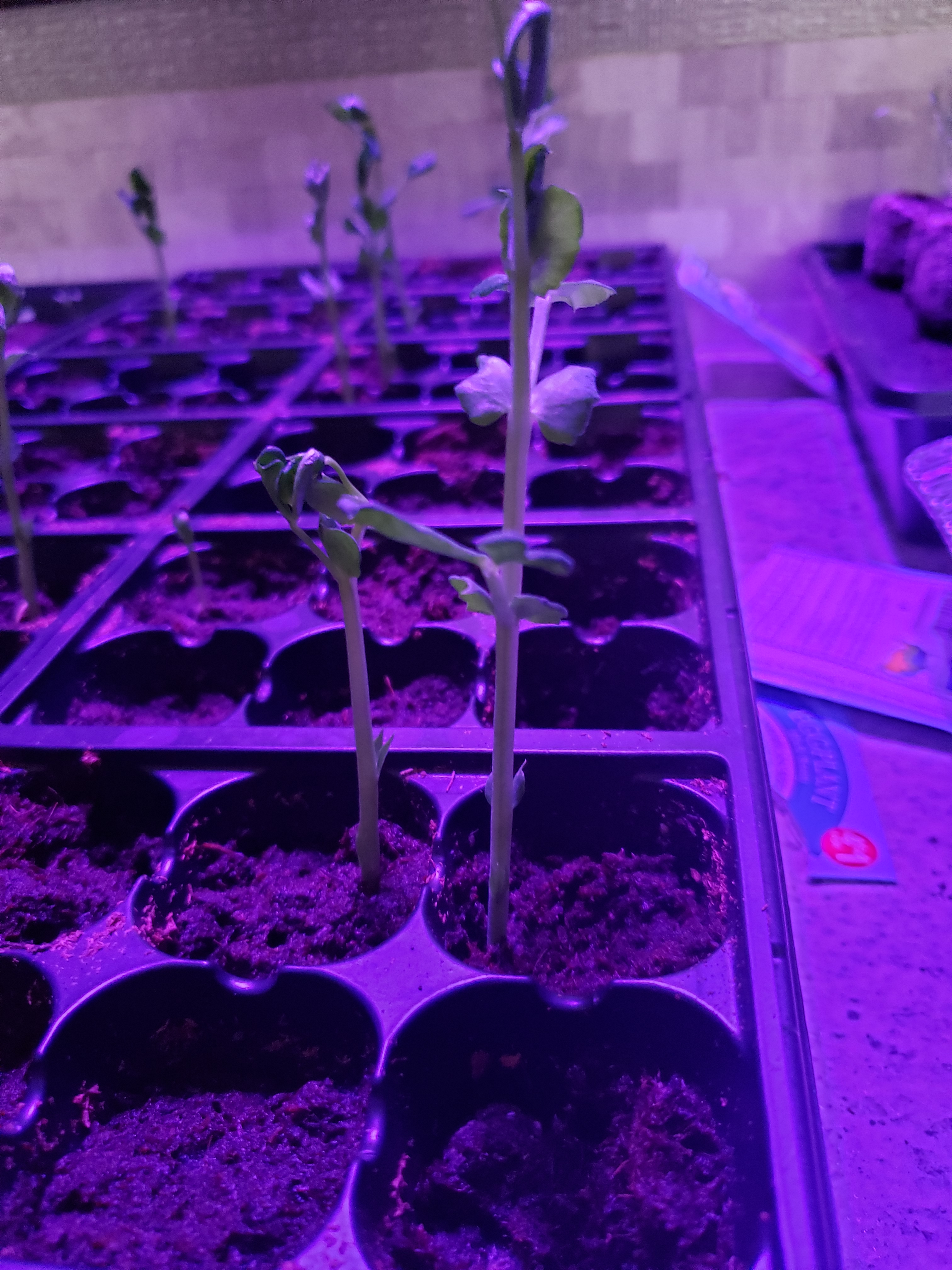First, since we know that insects are inside the athropod phylum. Also, when we think of insects we’re bunching a lot of different species into the anthropod phylum. So first let’s determine what an anthropod actually is…
- They have jointed legs, and when he says that I feel like he means more than one joint but I don’t know if that bit has truth. They do however, have jointed legs in common. All anthropods.
- They have segmented, and usually cylindrical bodies. It shorts all of their vital organs and makes sense.
- They also have bilateral symmetry. That just means their body- if cut in half- could be divided into equal halves. I thought that was pretty cool.
- They have an exoskeleton made with chitin- which is that sugar shield we talked about last time.
- They have a ventral nerve cord and a dorsal brain. Now, I know what you’re thinking: dolphins. But no, it has nothing to do with dolphins. Ventral is situated on the lower part of the body and the dorsal is on the upper part of the body. I didn’t know and now I do. The nerve cord is downstairs and the brain is on the top.

When we talk about insects we think of a general word like bugs, which turns out is kind of specific as well. I should inform you that arthropods have five classes. If you look online it’ll say four but that is because they push centipedes and milipedes together.
Anyway they are…
- Arachnida- these are spiders, scorpions, mites, and ticks. (I bet you didn’t know that ticks were arachnids because I didn’t)
- Crustacea- lobsters, pill bugs or sow bugs, decapods and crayfish (crawdads).
- Chilopoda- centipedes
- Diplopoda- millipedes
- Hexapoda- insecta or insects

So, to help myself refresh I have to remember:
- Kingdom- all life is separated into six kingdoms: animals, plants, fungi, protists, archaea and bacteria
- Phyla- anthropods which branches from the animal kingdom
- Class- how the phylum is divided narrowing down specific types of that phyla. Each class can have as many different species as necessary. In the instance of anthropods we have our five classes: Crustacea, chilopoda, diplopoda, arachnid, and hexapoda.
- Order- further narrowing it down but isn’t as mentioned
- Family- narrowing it down even further and isn’t as mentioned
- Genus- the first word in their scientific name.
- Species- the specific thing. For example homo sapien. Homo is the genus and sapien is the species. Sapien is the most specific place and the narrowed search.
This is all called Taxonomy and is identifying living things and shoving them into proper categories with similar creatures- both living and extinct- and then given a scientific name. Often times common names are misleading and you think because something is called a California Pepper it is from California but it is actually from Peru. Knowing their scientific name really helps narrow down the search to get more information.

They’re calling it binomial nomenclature. That’s what they are calling the taxonomy system we use. Seems a bit unnecessarily long but I am sure they had their reasons. Also, not everyone can agree on the taxonomy, some things seem up for debate.
Until next time, thank you Dr. Drake for the information. Hopefully I’ll be able to retain it for the test next week.